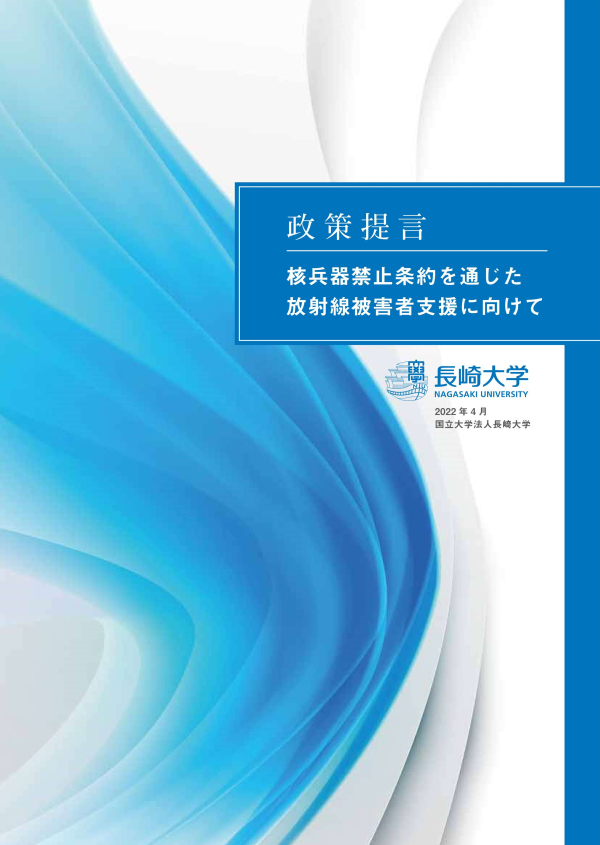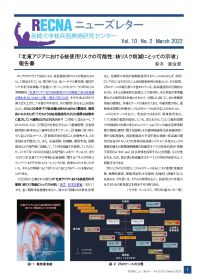政策提言 核兵器禁止条約を通じた放射線被害者支援に向けて [ENG]
は じ め に
長崎大学と「人道的軍縮」
2021年1月に発効した核兵器禁止条約(TPNW)の大きな特徴は、主として安全保障上の観点から兵器を減らしたり無くしたりする伝統的な軍備管理条約ではなく、人道的観点から核兵器という非人道的兵器を全面的に禁止するとともに、核兵器の使用や開発の過程で放射線を受けた人たちに援助を提供することも明記している点である。TPNWが「人道的軍縮」の成果として誕生した条約と呼ばれる所以でもある。
TPNWがめざすすべての核兵器の違法化という世界は、核兵器保有国やその同盟国がこの条約に背を向けていることから、いまだ実現のめどはたっていない。他方で、核実験などで放射線を浴びた人たち(放射性降下物による被ばくも含む)の健康被害や不安は、今そこにある問題であり、人道的観点から支援が急がれるところである。「人道的軍縮」条約であるTPNW が、早期にその具体的実効性を示すうえでも、すでに健康被害が明確な場合、またそうではない場合も含めて被ばくしたと考えられる人たちの心身両面での被害への対応策を支援する体制づくりが不可欠である。
長崎の街の上で炸裂した原爆の被害は、死者73,884人 負傷者74,909人(1945 年12 月までの推定 長崎市原爆資料保存委員会調査)という甚大なものであった。この中には、長崎大学の前身である長崎医科大学(附属医学専門部, 附属薬学専門部を含む)および長崎師範学校、長崎経済専門学校の合わせて1,000人近い学生、教職員たちの尊い命も含まれている。1949年の国立学校設置法に基づいてスタートを切った新制・長崎大学は、「大学の理念」の中で、「人々が『平和』に共存する世界を実現するという積極的な意志の下に教育・研究を行う」と宣言した。こうした長崎大学の歴史的背景とTPNWが有する「人道的軍縮」の重要性に鑑みて、長崎大学の原爆後障害医療研究所と核兵器廃絶研究センターが、TPNWに基づく放射線被害者支援、とくに核実験で放射線障害を受けた可能性がある方々への支援に関する提言をまとめた。
2022 年にウィーンにて開催予定のTPNW第1回締約国会議などにおける協議において、本提言が参考となり、放射線被害者支援の前進に貢献できれば幸甚である。
国立大学法人長崎大学
学長
河野 茂
日本語版: [全文を閲覧]※引用元URI: http://hdl.handle.net/10069/00041392


















